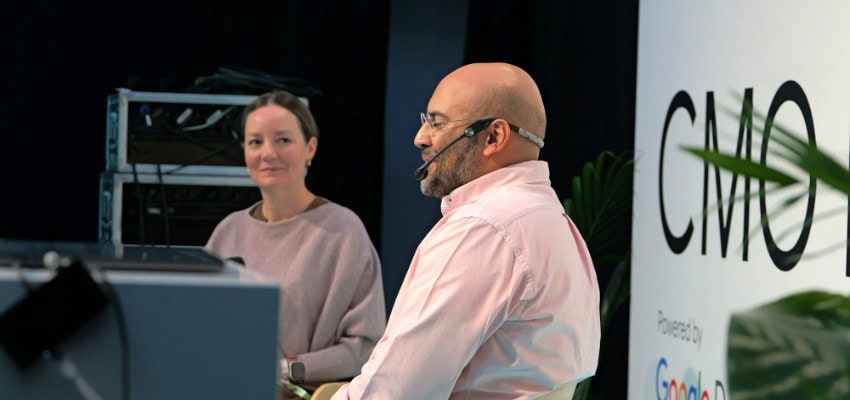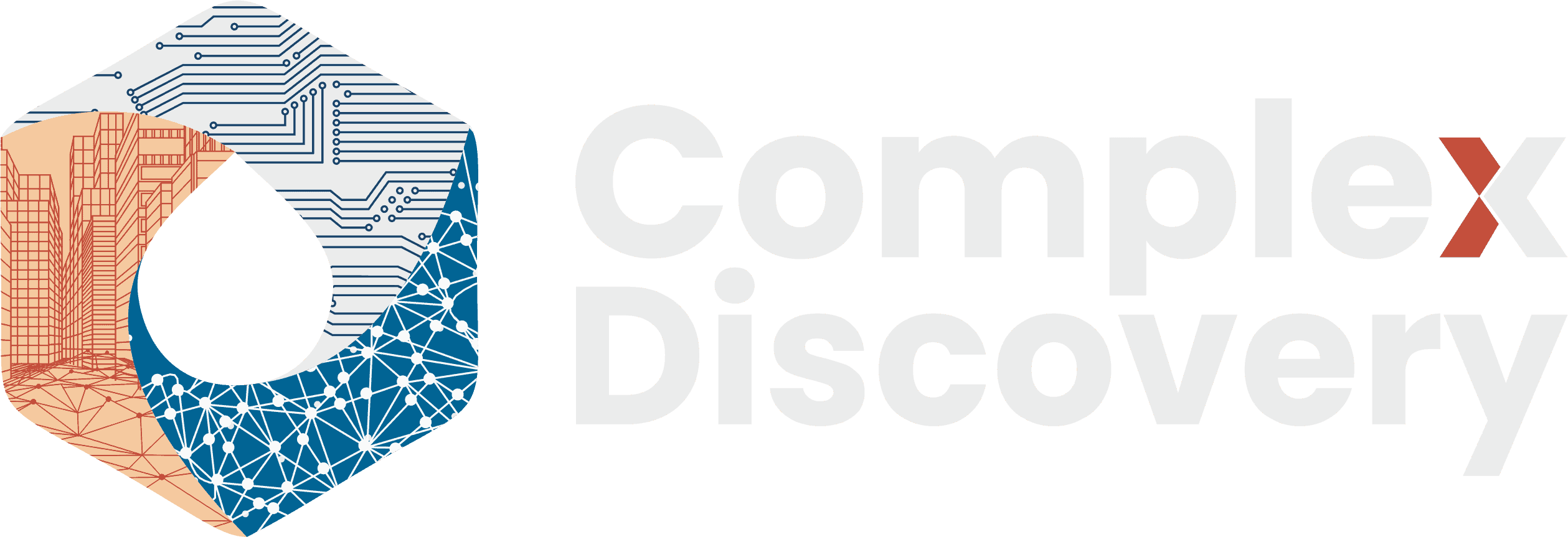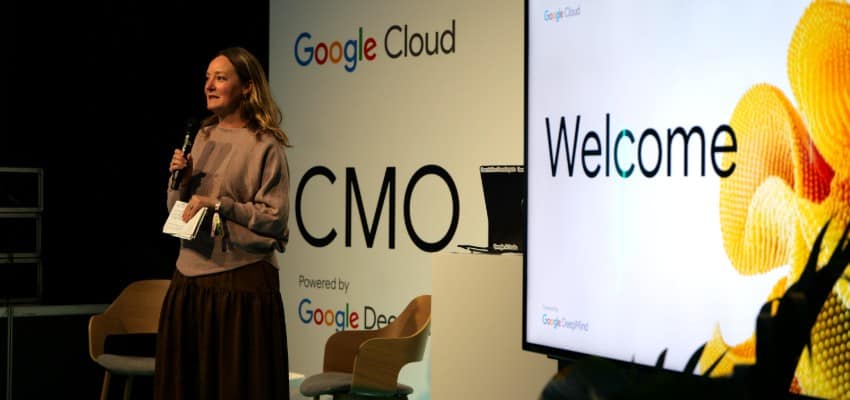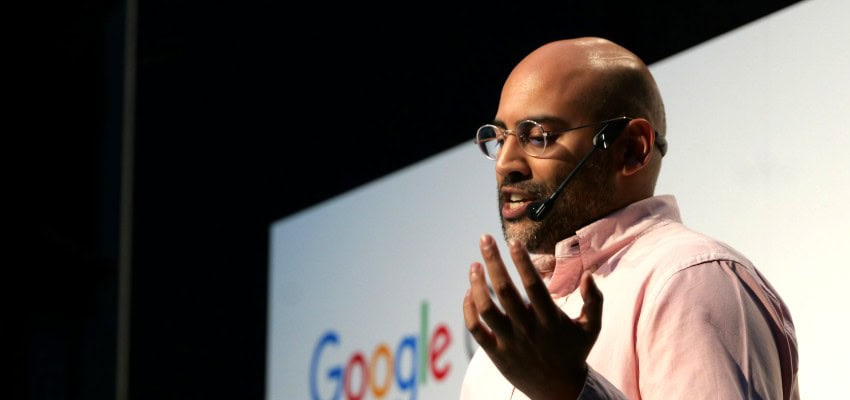Editor’s Note: Google didn’t just attend Slush 2025—it led with intent, using one of the world’s premier tech and startup stages to rally brand leaders around the new reality of AI-driven marketing. Held in Helsinki, Slush is where the future gets announced, and this year’s event was no exception. At a private CMO Breakfast session, Google unveiled its latest model, Gemini 3 Pro, and made its position clear: generative AI is not a future strategy—it’s a present mandate.
With sharp insights from Karen Fiester, Global Director of Google for Startups, and Amit Vadi, Head of Community at Google DeepMind, the session reframed the marketer’s role—from creator to orchestrator—urging CMOs to embrace AI not just as a tool, but as a force multiplier for personalization, experimentation, and speed.
For professionals in cybersecurity, information governance, and eDiscovery, this shift brings immediate implications. As campaigns are increasingly automated and scaled, brand safety, content governance, and regulatory compliance must move in lockstep. This article captures Google’s message and its urgent relevance to those shaping communication strategies within complex, data-sensitive environments.
Content Assessment: Google to CMOs at Slush 2025: Adapt to AI or Fall Behind
Information - 92%
Insight - 93%
Relevance - 95%
Objectivity - 90%
Authority - 94%
93%
Excellent
A short percentage-based assessment of the qualitative benefit expressed as a percentage of positive reception of the recent article from ComplexDiscovery OÜ titled, "Google to CMOs at Slush 2025: Adapt to AI or Fall Behind."
Industry News – Artificial Intelligence Beat
Google to CMOs at Slush 2025: Adapt to AI or Fall Behind
ComplexDiscovery Staff
The new era of marketing doesn’t start next year. It has already started. And Google’s highlighting of GenAI at Slush 2025 is making sure no CMO gets left behind.
HELSINKI – At an early morning side event during the globally watched Slush 2025 conference, Google hosted a private “CMO Breakfast: New Era of Media,” focused on how generative AI is redefining the content and marketing playbook for brand leaders across industries. The session, part technical showcase and part industry forecast, highlighted Google’s just-announced Gemini 3 Pro, its most powerful multimodal large language model to date, which the company unveiled the day before.
CMOs, startup founders, and creative directors packed into the event to hear from Karen Fiester, Global Director of Google for Startups, and Amit Vadi, Head of Community at Google DeepMind, on how the integration of cutting-edge generative models into Vertex AI—Google Cloud’s platform for enterprise AI—is empowering marketing professionals to do what was once impossible: build and iterate complete visual campaigns in minutes, extract deep user insights with precision, and move from idea to execution with minimal friction.
“We’re seeing a total shift—from a production economy to a selection economy,” Vadi said. “The cost of iteration has dropped to zero. That means creatives can run hundreds of experiments and find what works best without wasting time or money.”
Google’s recently announced Gemini 3 Pro sits at the center of this transformation. Capable of analyzing and generating text, images, video, and code, the model delivers leading performance on industry benchmarks and offers CMOs advanced tools for planning, reasoning, and real-time ideation. It’s already available in the Gemini app and Google AI Studio, making it instantly accessible to teams across organizations.
The stakes are high, and Google isn’t sugar-coating the message: evolve or be left behind. “It’s innovate or die,” said Vadi, who also revealed that internal deployment cycles at Google now push new AI releases every five days. “We’re living in the golden era of AI.”
Taste Still Matters
But with great power comes growing clutter. Both Fiester and Vadi addressed the AI saturation dilemma—the sea of templated content flooding feeds and inboxes. “Taste matters more than ever,” Fiester said. Fiester emphasized that while AI can create, it’s up to marketers to orchestrate, guide, and ensure that what’s created connects on a human level.
The balance between automation and authenticity is delicate. Fiester explained that the best marketing outcomes emerge when AI amplifies human creativity, not replaces it. She advised CMOs to revisit their brand safety guidelines, invest in creative upskilling, and set clear frameworks before deploying agentic tools at scale.
From Marketer to Orchestrator
Beyond the buzzwords, what emerged from the breakfast was a practical roadmap for marketing leaders. CMOs are being asked to wear new hats: data analyst, AI operator, and brand philosopher all in one. “Think of yourself not just as a creator, but as an orchestrator,” Vadi said. He noted that these tools let marketers personalize messaging at a scale never seen before—but only if they understand how to use them properly.
Google Antigravity, introduced during the Gemini 3 launch, is an example of where this is headed. Aimed at pushing the boundaries of agentic coding and autonomous workflow orchestration, the platform is designed to accelerate how developers and marketers build digital products together.
The Morning Message: Jump In
The overarching advice to CMOs was simple: get in the game. Learn the tools. Try them yourself. “You can watch all the videos you want,” Vadi said, “but if you’re not using the tools, you won’t understand their power.”
With startup founders, agency heads, and corporate CMOs in the room, Google’s message hit the mark: generative AI isn’t on the horizon. It’s already reshaping the way marketing is done—from campaign building to customer engagement.
As the energetic session ended, one sentiment lingered in the air as attendees left with coffee in hand: The future of marketing has arrived.
Postscript: Understanding Brand Safety Guidelines
As marketers embrace generative AI tools to automate content creation and campaign execution, the role of brand safety guidelines becomes increasingly essential. These guidelines act as a guardrail, ensuring that AI-generated content consistently reflects a company’s values, tone, and legal responsibilities, even when scaled across thousands of outputs.
At their core, brand safety guidelines define what a brand will and will not say, the tone in which it communicates, and the boundaries around sensitive or culturally nuanced topics. They help prevent the accidental publication of content that may be inappropriate, off-brand, or out of step with audience expectations. This definition is especially important as models grow more autonomous and marketing shifts from manually crafted campaigns to AI-orchestrated messaging across channels.
For organizations in highly regulated industries—such as finance, healthcare, or cybersecurity—these guidelines also provide a layer of compliance, ensuring that generated material adheres to advertising standards, privacy laws, and ethical norms. Without them, even a high-performing AI model could produce content that unintentionally exposes a company to reputational or legal risk.
Brand safety guidelines don’t limit creativity—they structure it. By clearly articulating voice, tone, and content boundaries, they allow CMOs and their teams to scale innovation with confidence. In this new AI-driven landscape, they’re not just a best practice—they’re a strategic necessity.
News Sources
- ComplexDiscovery Staff. (2025, November 19). CMO Breakfast: New Era of Media. Reported by Rob Robinson. ComplexDiscovery.
- Gemini 3: Introducing the latest Gemini AI model from Google (Google)
- Slush 2025 | November 19 & 20, 2025 (Helsinki, Finland)
- Slush 2025 Event Information (Explore Slush)
Assisted by GAI and LLM Technologies
Additional Reading
- Lessons from Slush 2025: How Harvey Is Scaling Domain-Specific AI for Legal and Beyond
- Building Stronger: The Porvoo Paradigm for Technology at Slush 2025
- Slush 2025 Survey: Startup Struggles Expose Risk, Resilience, and Opportunities for Governance Pros
- What UK Law Firms Really Want: Procurement Insights from LegalTechTalk 2025
- When Founders Have Red Lines: Investing Beyond ROI at Latitude59
Source: ComplexDiscovery OÜ






























